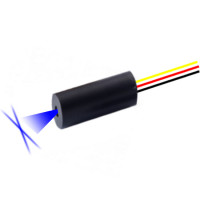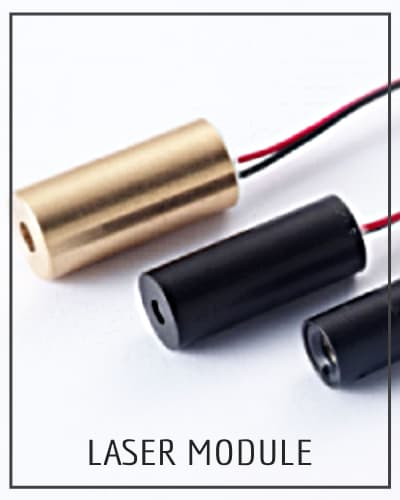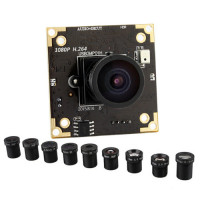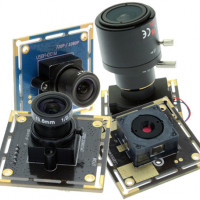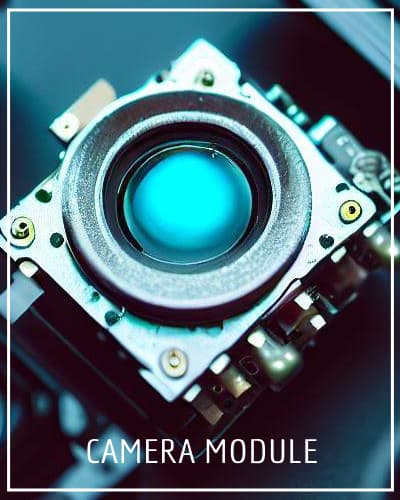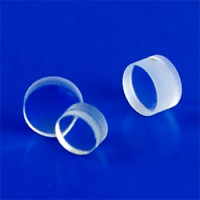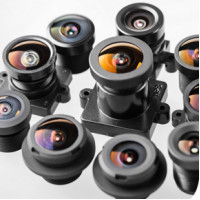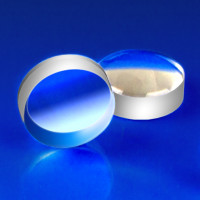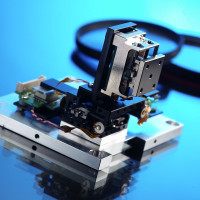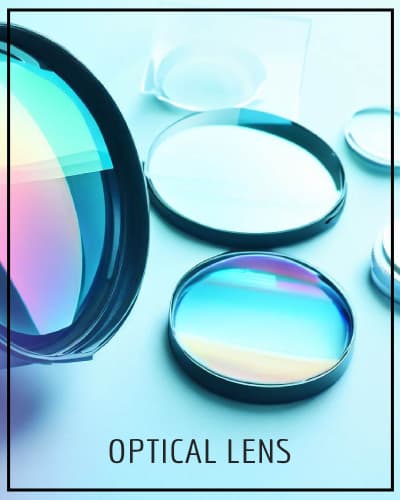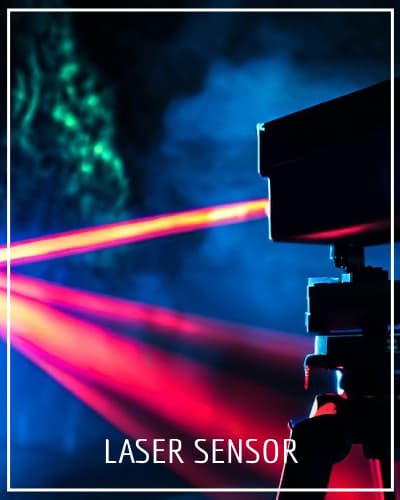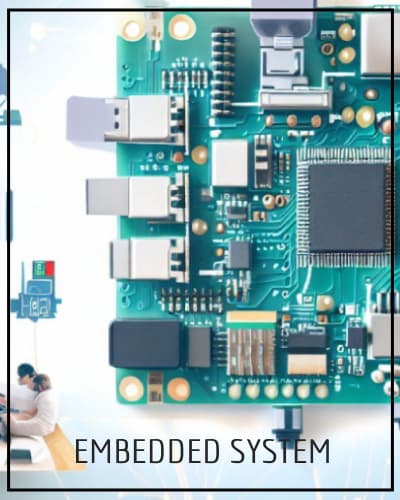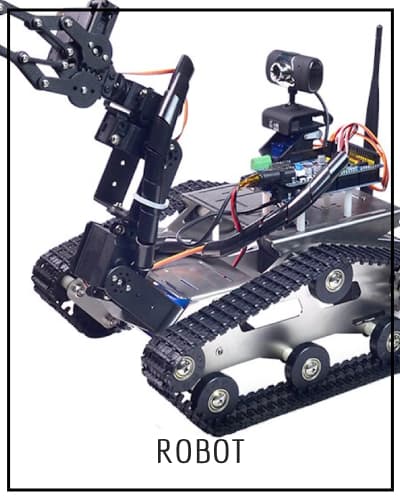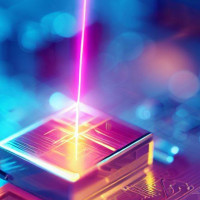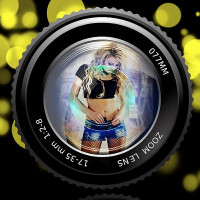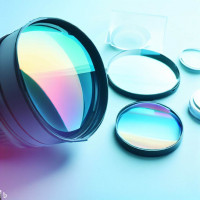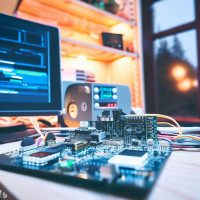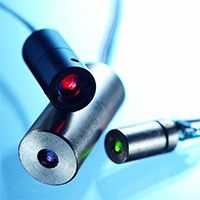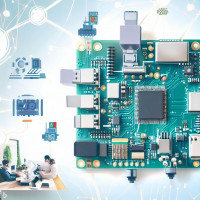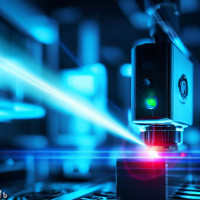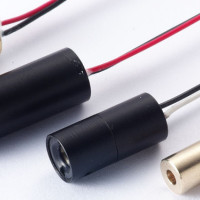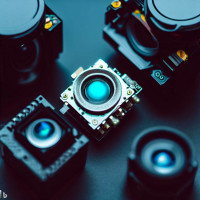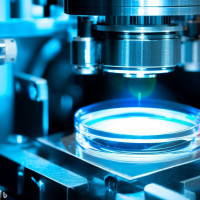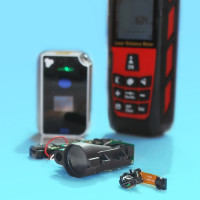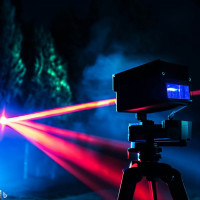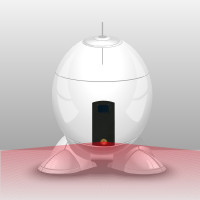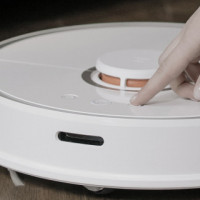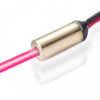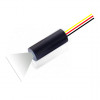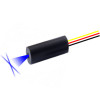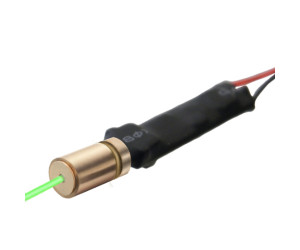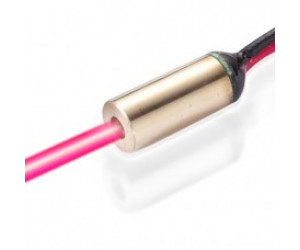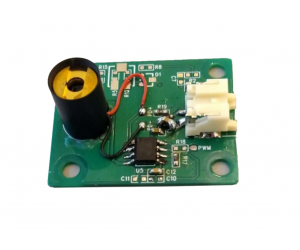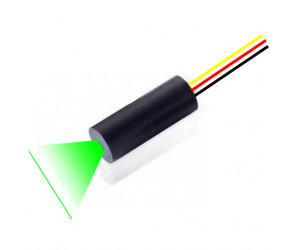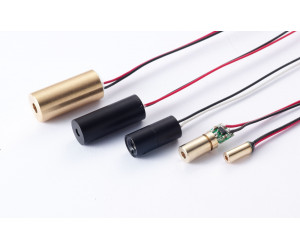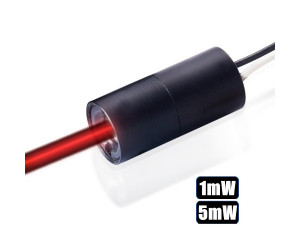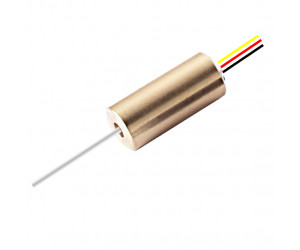雷射模組 產品編碼表:RGB可見光雷射模組、紅外線雷射模組、雷射打線模組、一字線雷射、十字線雷射
| 產品代號 | 雷射模組直徑(mm) | 顏色, λ(nm) | 樣式 | 雷射功率(mw) | 雷射圖形 |
| LM: | 4: 4mm | B:藍光,405:405nm | S:標準 | <0.39mW,Class I | D: 點狀, R: 圓點 |
| Laser Module | 6: 6mm | G:綠光,520:520nm | H:高規 | 1:<1mW,Class II | L: 一字線, C: 十字線 |
| 雷射模組 | 8: 8mm | R:紅光,635:635nm | C:客製 | 10:<10mW | P: 特殊圖案 |
| 9: 9mm | IR:紅外光,940:940nm | 1000:<1000mW |
憑藉在雷射模組和雷射感測器的專業知識與生產經驗,我們推出了RGB可見光雷射模組,IR紅外光雷射模組,雷射二極體模組,一字線雷射模組,均勻線雷射模組,十字線雷射模組等產品,也可以為您客製化雷射模組。
RGB 雷射模組,二極體雷射模組: 405nm, 450nm, 520nm, 635nm, 和 650nm 的雷射模組,雷射二極體模組。
IR雷射模組,紅外線雷射模組: 紅外線雷射模組,從780nm到980nm紅外線雷射模組和 IR雷射打線模組。
一字線雷射模組, 十字線雷射模組: 一字線雷射模組從RGB打線雷射模組到紅外線一字線雷射,十字線雷射以及均勻線雷射模組。
其他雷射模組和DOE雷射模組: 除了標準雷射模組以外,我們還有用於雷射感應、高功率雷射頭、紅外線雷射照明和雷射加熱器及VCSEL雷射二極體模組,DOE繞射元件、結構光雷射模組和客製化雷射模組。您可以至 “Custom Laser Modules” 查看介紹和條件選項。有問題請聯繫我們。
TTL 雷射調變: 系統開發人員在執行雷射整合工作時,常常會需要有空間可以彈性調整,例如雷射功率,IADIY TTL 雷射商品讓您可以藉由改變 PWM duty ratio, 10% 到 100%,輕鬆讓您順利找出最適合的雷射輸出功率,TTL 雷射商品已上架販售,歡迎自行選購。
雷射安全性: 為了安全的使用、設計和操作雷射等工具,遵循安全手冊中將大大降低發生事故的風險,尤其是涉及到眼睛安全方面。主要特性和要求由IEC 60825-1 標準規定。更多詳情請查看雷射安全。
RGB 雷射模組,二極體雷射模組: 405nm, 450nm, 520nm, 635nm, 和 650nm 的雷射模組,雷射二極體模組。
IR雷射模組,紅外線雷射模組: 紅外線雷射模組,從780nm到980nm紅外線雷射模組和 IR雷射打線模組。
一字線雷射模組, 十字線雷射模組: 一字線雷射模組從RGB打線雷射模組到紅外線一字線雷射,十字線雷射以及均勻線雷射模組。
其他雷射模組和DOE雷射模組: 除了標準雷射模組以外,我們還有用於雷射感應、高功率雷射頭、紅外線雷射照明和雷射加熱器及VCSEL雷射二極體模組,DOE繞射元件、結構光雷射模組和客製化雷射模組。您可以至 “Custom Laser Modules” 查看介紹和條件選項。有問題請聯繫我們。
TTL 雷射調變: 系統開發人員在執行雷射整合工作時,常常會需要有空間可以彈性調整,例如雷射功率,IADIY TTL 雷射商品讓您可以藉由改變 PWM duty ratio, 10% 到 100%,輕鬆讓您順利找出最適合的雷射輸出功率,TTL 雷射商品已上架販售,歡迎自行選購。
雷射安全性: 為了安全的使用、設計和操作雷射等工具,遵循安全手冊中將大大降低發生事故的風險,尤其是涉及到眼睛安全方面。主要特性和要求由IEC 60825-1 標準規定。更多詳情請查看雷射安全。
雷射安規簡介
"雷射安規" 是為了雷射的設計、使用和實施安全考量,以最大限度地減少雷射事故的風險,尤其是涉及眼睛受傷的事故。雷射安全規範現在分為 "Class 1、1M、Class 2、2M、Class 3R(3A)、3B 及 Class 4。在 "美國 USA" 對消費性產品市場,FDA 要求須符合 "Class 1 到 Class 3R(3A, <5mW)" 的雷射功率範圍要求,被認為對消費者是安全的,而 "歐盟 EU" 要求用於消費性市場的雷射產品為 "Class 1, Class 2, Class 1M, Class 2M(<1mW)"。
雷射安規的規範主要是依照 CE 的檢測規範標準 "IEC 60825-1 standard" 標準規定的分類級別,以下簡述個級別的主要特徵和要求。 此外,Class 2 及更高級別必須具有此處所示的三角形警告標籤,並且在特定情況下需要其他標籤來指示激光發射、激光孔徑、皮膚危害和不可見波長。
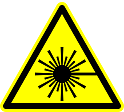
作為專業的雷射模組製造商, IADIY 的標準雷射模組都能滿足雷射安規要求,並支持客戶申請相關的雷射安規認證。
Classification: IEC60825-1 Standard
The classification of a laser is based on the concept of accessible emission limits (AEL). Below, the main characteristics and requirements for the classification system as specified by the IEC 60825-1 standard are listed.
Class 1 (Output Power <0.39mW)
CLASS 1 LASER PRODUCT
A Class 1 laser is safe under all conditions of normal use. To verify compliance, the standard specifies the aperture and distance corresponding to the naked eye. For example, a high-power laser with a very large beam or highly divergent beam may be classified as Class 1 if the power that passes through the apertures defined is less than Class 1. Often, devices such as optical drives will be considered class 1 if they fully contain the beam of a more powerful laser, such that no light escapes under normal use.
Class 1M (for Divergent Laser, Output Power <0.39mW through Dia.7mm Aperture @10cm Distance)
LASER RADIATION
DO NOT VIEW DIRECTLY WITH OPTICAL INSTRUMENTS
CLASS 1M LASER PRODUCT
Class 1M lasers produce large-diameter beams, or beams that are divergent. The MPE for a Class 1M laser cannot normally be exceeded unless focusing or imaging optics are used to narrow the beam. A laser can be classified as Class 1M if the power that can pass through the pupil of the naked eye is less than the AEL for Class 1.
Class 2 (Output Power <1mW)
A Class 2 laser is considered to be safe but may cause eyes uncomfortable if stare into laser light long time. Class-2 lasers are limited to 1 mW continuous wave, or more if the emission time is less than 0.25 seconds.
Class 2M (for Divergent Laser, Output Power <1mW through Dia.7mm Aperture @10cm Distance)
A Class 2M laser is safe because of the blink reflex if not viewed through optical instruments. As with class 1M, this applies to laser beams with large divergence, for which the amount of light passing through the pupil cannot exceed the limits for class 2.
Class 3R(3A) (Output Power <5mW)
LASER RADIATION
AVOID DIRECT EYE EXPOSURE
CLASS 3R LASER PRODUCT
A Class 3R laser is considered safe if handled carefully, with restricted beam viewing. With a class 3R laser, the MPE can be exceeded, but with a low risk of injury. Visible continuous lasers in Class 3R are limited to 5mW. For other wavelengths and for pulsed lasers, other limits apply.
Class 3B (Output Power <0.5W)
A Class 3B laser is hazardous if the eye is exposed directly, but diffuse reflections such as those from paper or other matte surfaces are not harmful. The AEL for continuous lasers is 0.5 W. For pulsed lasers between 400 and 700 nm, the limit is 30mJ. Class-3B lasers must be equipped with a key switch and a safety interlock.
Class 4
Class 4 is the highest and most dangerous class of laser, including all lasers that exceed the Class 3B AEL. Class 4 lasers must be equipped with a key switch and a safety interlock. Medical lasers can have divergent emissions and require awareness of nominal ocular hazard distance (NOHD) and nominal ocular hazard area (NOHA).
References
More laser safety introduction: Laser Safety
Custom Laser Modules: Diode Laser module, VCSEL Laser, Laser illumination, High Power Laser Head
Laser Modules Guideline introduces IADIY's laser module product line including RGB diode laser module, infrared laser module, line laser module, and customized diode laser module for convenient search and comparison by laser modules features list. You can open the laser modules guideline accordion to review the laser modules list and related laser diode module introduction and explanation.
More diode laser modules with different wavelengths and power options are available additionally to the standard laser diode module types. We also support the custom made laser modules as your requirements. Please send your requirements to us or leave the message in comment below. We'll reply to you soon!

IADIY provides standard laser modules that are convenient for quick and easy orders of samples or small quantities on our Online-store.
We also provide and welcome orders of custom made laser modules with any specification requirement. If you can not find the laser module that fits your application, please email your inquiries to sales@iadiy.com and briefly describe your requirements or applications to us. We will reply to you in a very short time (usually within two working days).
Laser Module Introduction
A "Laser Diode Module" usually comprises a laser diode, a driver circuit board, an optical lens (a laser collimator lens, a laser line generator or a laser pattern generating DOE (Diffractive Optical Element)) and mechanical parts. In high power laser modules, an additional TEC is also included for heat dissipation. The laser light emitting from the laser diode has a wide divergent span angle, therefore most applications require a laser collimator lens that will converge the laser light into a collimated laser beam. In the event of applications that would require a non collimated laser beam, IADIY also designs other complementary optical components to be assembled after the collimated laser beam, in order to achieve the desired pattern.
Another advantage of full laser diodes modules compared to single laser diodes is the presence of a specific driving circuit for the laser diode. Laser diodes are easily damaged components that need suitable working voltage and current supply in order to reach a stable output power, especially when considering the eye safety certifications.
Laser Diode Module Structure

- a laser diode
- an optical lens
- a laser driver circuit
- optical and mechanical properties
1. Laser diode:
-Main characteristics of laser diode: wavelength, output power, operating temperature
(Our laser diodes product list at https://www.iadiy.com/custom-laser-module, and other characteristics of laser diode like divergent angle, mode,and detsils please refer to the laser diode introduction. We can provide diode laser modules with wavelengths comprising 405nm, 450nm blue laser module, 520nm green laser module, 635nm, 650nm red laser module up to 1550nm infrared laser module and a laser module driving power can be equal or smaller than its laser diode operating power (as stated on the corresponding laser diode data-sheet).

2. Optical Lens: Collimating Lens + Other Function Lens (Laser Line Generator, Laser Pattern Generator, or Special Feature Function Optical Components)
The following are the basic optical specifications that we need to agree upon before starting any laser module production.
- Main characteristics for the beam collimation: divergence angle, laser spot size.
- Choice of the laser pattern: laser dot, laser line, laser cross line, or any kind of laser pattern achieved through using DOE (Diffractive Optical Elements).
Laser Collimating Lens, Laser Collimator Lens for Laser Collimation Beam
Usually the emitting laser light from the laser diode is divergent, and most applications need the laser beam as a straight light beam. Then it needs the collimating lens to focus the divergent laser light to a very small divergent angle we called laser collimation. The laser beam divergent angle, beam spot size, even laser line width or DOE laser pattern sharpness depend on the laser collimation performance. The collimating lens is the key for the collimated beam requirements. The collimating lenses selection you can refer to the Optical Lenses Store.
Laser Line Module / Laser Line Generator / Cross Line Laser Module properties:
The laser line module projects a span angle laser line pattern. The length of laser line depends on the span angle and the distance, longer as farther distance and bigger span angle. The standard span angle of IADIY line laser modules have 40°, 60°, 90°, 110° can be chosen. The standard line laser module series we only accept the different span angle customized no other special modifications. As the real applications most customers have the requirements for the laser line width, laser line central accuracy, laser line straight accuracy and the laser line power uniformity. Higher accuracy would cause much time for the line laser module alignment. Especial the requirement of laser power uniformity would consider using the different level laser line generator lens. If you have these requirements please take the reference of our high end line laser modules product line. And send your application and detail requirements to us. We’ll try to optimize your requirements to modify the line laser module as the most cost efficiency for your application.
-Main characteristics of line laser module: line laser span angle or the length, and laser line width, laser line straight (bend) accuracy at working distance, laser line power uniformity range, boresight requirements: central, tilt, rotation requirements.


※ For line lasers, specifications such as laser line width, laser line span angle, laser line uniformity, cross line center, mechanical requirements or original marking can be additionally modified.Our standard laser line module diameter is defined at 9mm but all dimensions can be adjusted according to your needs.
Laser Pattern Generator (DOE Laser Patterns)
You can check some of our available specific DOE laser patterns at our dedicated page for DOE: sales@iadiy.com

※ IADIY has the optical design capacity to design and create new optical components such as Laser Collimating Lens, Diffractive Optical Elements, etc.. according to your requirements. If you had any questions, please not hesitate to let us know.
3. Laser Driver Circuit:
The driving circuit of the laser modules can be either APC (Auto Power Control) or ACC (Auto Current Control). An APC driver controlled laser module will automatically adjust the input current in order to output a constant value of optical power. An ACC driver controlled laser module will in another way have a constant value of input current, while the output power may be a percentage variable by temperature change.

Apart from CW mode (continuous wave mode), our laser modules can be designed to input a TTL modulation if needed. It can be fixed to run at a certain frequency (Hz) or a specific duty cycle, or can it be alternated via an external PWM input. Most applications major concern the laser power for eye safety or laser sensing. It needs to consider a stable output laser power or to adjust the power for the application requirement. Usually we'll suggest the APC driving circuit for this kind application. Or you may need to add an external photo diode monitoring the power for the control. Because the laser diode emitting efficiency would vary as the temperature, environment and life time. You need to monitor the real output power just can keep it stable as you need. The driving current only for the reference can not exactly equal to the laser output power.
-Main characteristics of laser driver circuit: operating voltage range, CW or Pulse modulation mode (TTL/PWM signal control: frequency range), driving current requirements, APC or ACC mode, laser module safety or circuit protection requirements.
Laser Output Power
A laser output power can be measured with a Power meter. Lasers can work in CW mode (continuous mode) or in a pulsed mode. Pulses power can be accounted on the basis of their average power or on the peak power of each pulse. Average lasers power ranges from <1mW for laser pointers and other consumer products to several kW for laser cutting applications or laser weapon systems, etc.
In laser applications the laser power control is an important feature, which is why the laser modules usually need specific driving circuits. Also, the laser diodes output power is sensitive to the environment temperature. We usually regulate the laser modules through an APC control method (Automatic Power Control) for <5mW applications and for eye safety certification. Such circuit requires one photodiode to measure the laser output power and feedback it to the driver and adjust the current so as to achieve a stable output power range. Applications with pulse modulation can also be controlled in a stable average output power thanks to the photodiode feedback.
Another laser driver type uses the ACC control method (Automatic Current Control) which is used in higher power laser modules (>10mW) for applications that can bear larger power variation, but that may not suitable for eye safety certification.
IADIY also supplies laser modules with variable output power, which can be achieved through digital modulation or analog modulation control. Custom made design can also be prepared according to your requirements, don't hesitate to contact us at: sales@iadiy.com
4. Optical and mechanical properties:
The laser module casings can be designed into many shapes and with different materials, their surfaces can be treated for different operating environments like anodization for electrical isolation etc. Some differences in a laser module casing design might help to reach different operating temperatures as the heat sink to offer the best protection for the inner components. And there are some optical features are deigned and aligned by the mechanic structure like focal distance, boresight (coaxial tolerance), laser line features will increase the mechanical dimension size and complexities.
-Main characteristics for mechanical requirements: dimension requirements, boresight or called coaxial angel accuracy of laser module.




